It has been a historic couple of weeks in labor law on both sides of the country. California made news last week by raising the statewide minimum wage to $15 an hour by 2022, more than double the size of the federal minimum wage which currently stands at $7.25 an hour. Then just this week, New York state raised its statewide minimum wage to $15 an hour as well, with the mandate to take effect even sooner than California’s (workers in NYC working for companies with 11 employees or more will achieve that minimum wage by the end of 2018).
But aside from these two historic minimum wage raises – the highest statewide rates in the country by a solid margin – the other big news out of New York may be just as noteworthy for businesses and workers, even if it has not gotten the same headline-grabbing attention as the minimum wage laws. Along with the minimum wage increase, New York’s Governor Andrew Cuomo on Monday signed into law a mandate that businesses in New York provide 12 weeks of paid family sick leave, making the state’s policy by far the most generous and comprehensive in the nation. Below, we’ll take a look at the new policy, how it fits in with federal law, how it compares to the rest of the country, and whether paid family leave may be affecting your business in the future.
The Most Generous Family Leave Policy in the US
New York’s newly enacted family leave policy provides that, beginning in 2018, workers who have worked six months at a job will be eligible for paid family leave up to 12 weeks in the following situations:
- when caring for an infant
- when dealing with a family member with a serious injury
- when providing family care during a family member’s military service
Workers will receive 50 percent of their weekly wage, capped at 50% of the statewide average weekly wage starting in 2018, and this number will go up to 67% of their weekly wage (capped at 67% of the statewide weekly wage) by 2021.
How Does this Compare to the FMLA?
President Clinton famously made family leave one of the central promises of his 1992 campaign, and he signed the Family and Medical Leave Act of 1993 (“FMLA”) only 16 days after being sworn into office (remember those days when Presidents and Congress actually passed legislation?). The FMLA requires businesses employing 50 or more people to provide 12 weeks of leave to employees who had worked at least 1250 hours over 12 months in order to care for a new child, a sick family member, and for other situations. The major thrust of the FMLA is that businesses are required to return the employee to the same position and responsibilities upon their return, and that health benefits must be maintained over that period.
Aside from the fact that New York’s new law applies to all employees who have worked at a job for six months, not just those working for large businesses for a year, the groundbreaking distinction is that New York will mandate that workers be paid for their family medical leave, unlike the federal law which does not mandate pay (although, of course, some companies do pay for medical leave voluntarily as a benefit, although only 13% of workers receive paid family leave as a benefit).
So Who Actually Pays for This Paid Leave?
A critical aspect to New York’s new family medical leave program is that businesses will not be responsible for paying for this benefit. Instead, the program will be administered by the state and funded by deductions from employee paychecks averaging around a dollar a week.
This puts New York’s program in sharp contrast with employee benefit mandates such as “Obamacare” which place the burden of paying for health insurance on employers and leading to widespread belief that that program hurts businesses and actually lead businesses to either layoff workers or refrain from hiring full-time workers to avoid paying the benefits. Because employers are not directly responsible for paying for family leave and can conceivable offer the same before-tax wages to employees, New York’s paid family leave program would appear to have less of a potential effect on employment decisions. But before we get too much into prognosticating on the effects of New York’s new law, let’s see how it matches up with other state paid family leave laws.
New York Joins a Very Small Club of States Offering Paid Leave
Prior to this week, only three other states in the country mandated that employees get paid family medical leave. Those states are:
- California: In 2002, America’s most populous state became the first state in the country to require paid medical leave when it enacted the Family Temporary Disability Insurance (FTDI) program, which pays workers up to 55% of their weekly wages (up to a statewide cap) for family medical leave. California’s program pays for six weeks of medical leave a year, or half of what New York will be requiring. California’s definition of who is included in “family” is quite broad, including parent-in-laws, grandchildren, and siblings.
- New Jersey: New York’s next-door neighbor became the second state in the country to offer paid medical leave in 2008 when former Gov. Jon Corzine signed the mandate into law. Like New York’s law, it is funded by payroll deductions and provides six weeks of paid leave a year at 2/3 of a worker’s wages, capped at a statewide maximum.
- Rhode Island: In 2015, Rhode Island joined California and New Jersey in offering paid medical leave. Like those two, and like New York now, the program is a state insurance program funded by payroll deductions and providing workers with a capped portion of their wage. Prior to New York’s 12-week program, Rhode Island’s has been the most generous in the country at 8 weeks.
The state of Washington also passed a paid family leave act in 2007 but has yet to put the program into effect.
Who Is Most Affected by Paid Leave?
Gov. Cuomo’s office said in a statement that the family medical leave act will especially benefit both low-income workers and workers, noting that low-income workers generally do not have access to medical leave benefits. Many employers offer paid family leave to employees, but those employees tend to be more highly paid workers, making paid family leave often more of a competitive perk rather than an emergency safeguard for those most in need.
With regard to women, the Governor’s office pointed out the long-term effects of medical leave on women, stating, “Paid family leave also has the potential to serve as a great equalizer for women. In many instances, women who leave the workforce to care for a newborn…suffer diminished future earnings and career trajectories in the long term. Establishing paid family leave marks a pivotal next step in the pursuit of equality and dignity in both the workplace and the home.”
Is Paid Family Medical Leave Bad for Business?
Even though employers will not directly be paying the costs of New York’s family leave program, it will mean that employers have to pay employees slightly more in order for them to take home the same after-tax pay (not to mention the higher wages many employers will be required to pay under the new minimum wage laws).
Furthermore, with paid medical leave, there are certainly going to be some workers who can now afford to take extended leave from work who previously would not be able to do so without the benefit. This can cut both ways, however. On the one hand, companies may suffer from lower productivity due to workers having the alternative to not come into work for nearly three months (albeit for ostensibly good reasons). On the other hand, there could be many situations in which a worker, especially a new parent or single parent, would simply not be able to function properly at a job due to a family circumstance, and the paid family leave gives the worker time to get his or her family circumstances in order off of the company dime and then return to work, relieving the company from having to hire and retrain a new worker.
The Calls for Federal Paid Family Leave Grow Louder
Democrats have made paid family leave a central aspect of their campaigns, with both Hillary Clinton and Bernie Sanders calling for paid family leave at the federal level, and President Obama calling for it in his 2015 State of the Union speech (and all four of the states passing paid family leave had Democratic governors at the time).
Republican politicians have not by and large supported paid family leave, but the party of family values has also been relatively muted in opposing it. Ted Cruz has said he supports maternity and paternity leave but opposes a federal mandate for paid family leave. Donald Trump gave a non-answer when asked about it, saying “Certainly people are discussing it…” Marco Rubio bucked the Republican trend, however, by offering up a plan for federal paid family leave which would have given tax credits to companies who provided up to $4,000 of paid leave to employees each year rather than imposing requirements. But of course we saw where bucking trends got Marco Rubio…
A World Trend Finally Coming to the US?
Paid family leave is actually one of those phenomenons – like single-payer healthcare, assault weapon bans, and the popularity of soccer – where the United States stands as a stark outlier to the rest of the modern world, as it is the only advanced country in the world that does not mandate paid family leave.
Politicians who oppose mandated paid family leave may do as that our own risk, as opinion polls indicate widespread support on both sides of the political divide. A 2015 poll indicated that, nationwide, 67% of voters supported mandated paid family leave while only 13% were against it. Even among Republicans, a clear majority of 55% of voters support it while only 23% opposed it.
If a Democratic president and majority Democratic Congress are elected this fall, look for federal paid family leave to be an issue that quickly comes to a head in 2017. In the meantime, don’t be surprised if more states follow the lead of New York, possibly making mandated paid family leave a part of your business’ future.


![Unraveling the Workforce: Navigating the Aftermath of Mass Layoffs [e322]](https://www.pashalaw.com/wp-content/uploads/2023/07/Untitled-design-23-1024x723.png)
![Return to the Office vs. Remote: What Can Employers Legally Enforce? [e321]](https://www.pashalaw.com/wp-content/uploads/2023/01/Pasha_LSSB_321_banner-1024x723.jpg)
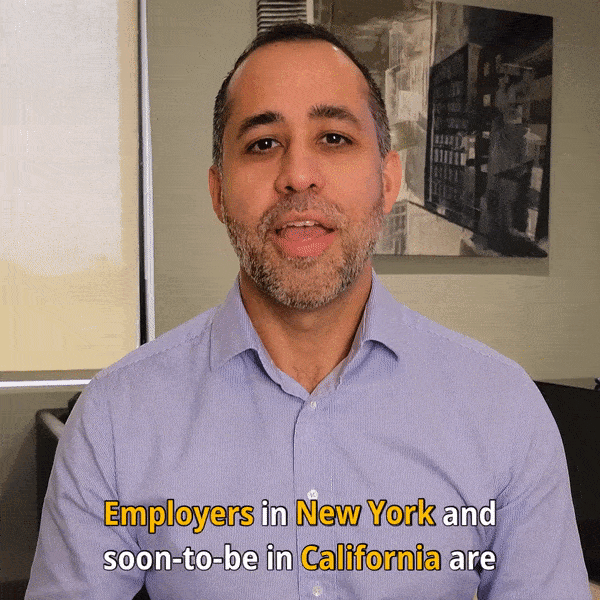
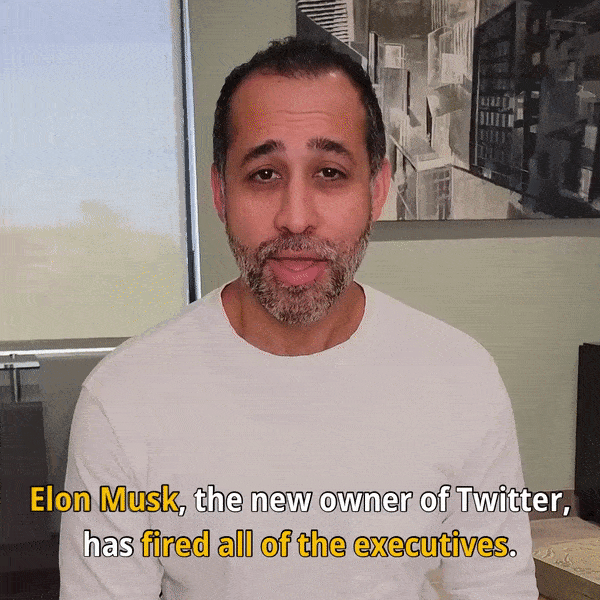
![California v. Texas: Which is Better for Business? [313]](https://www.pashalaw.com/wp-content/uploads/2021/07/Pasha_LSSB_CaliforniaVSTexas-1024x723.jpg)
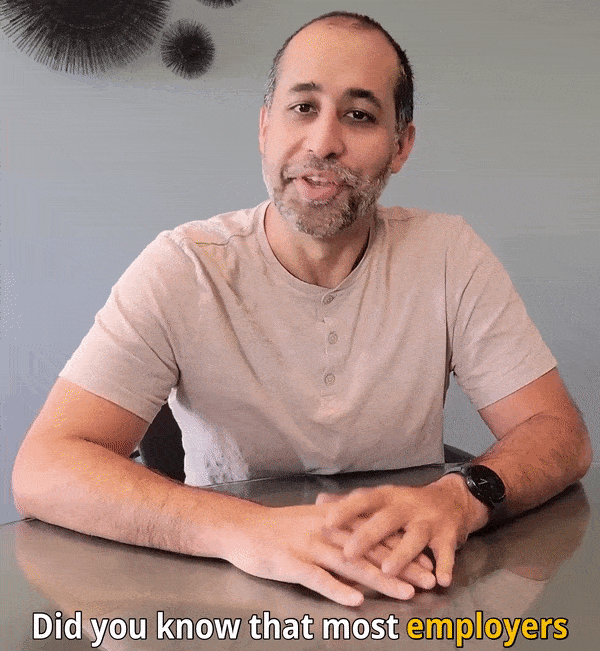

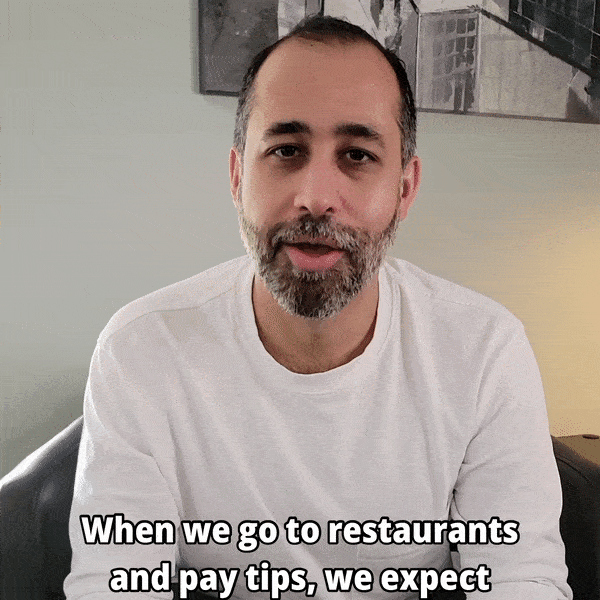
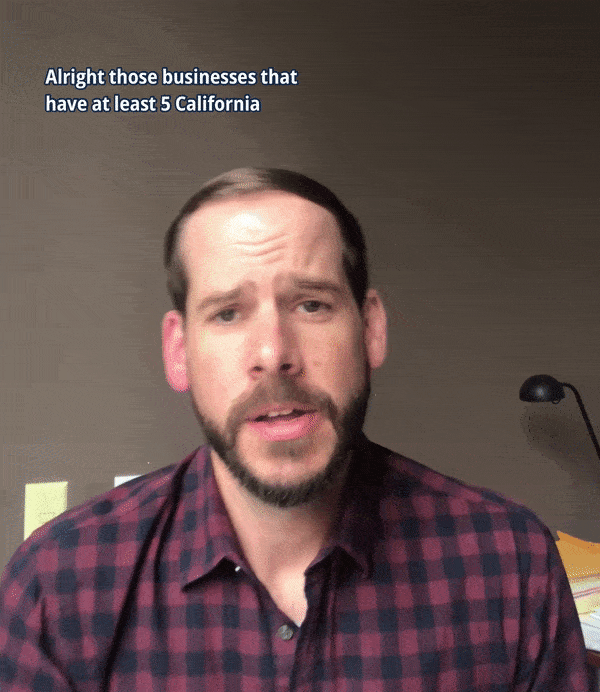
![Employers vs. Employees: When Are Employment Restrictions Fair? [e318]](https://www.pashalaw.com/wp-content/uploads/2022/05/Pasha_LSSB_EmployeesVsEmployers_banner-1-1024x723.jpg)
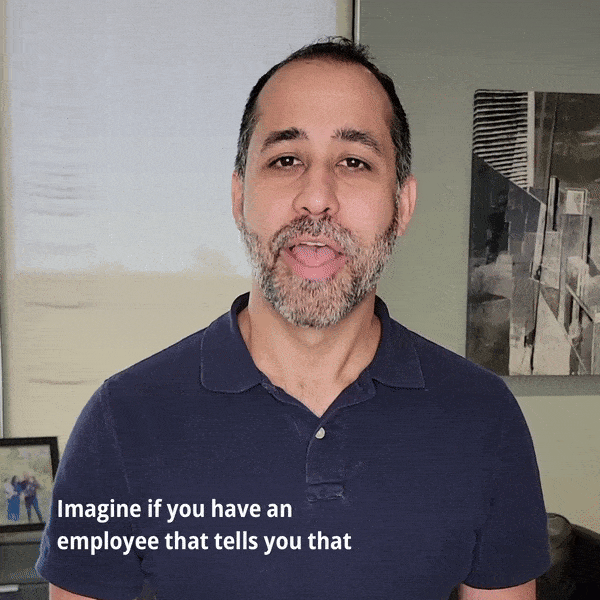





![Law in the Digital Age: Exploring the Legal Intricacies of Artificial Intelligence [e323]](https://www.pashalaw.com/wp-content/uploads/2023/11/WhatsApp-Image-2023-11-21-at-13.24.49_4a326c9e-300x212.jpg)
![Unraveling the Workforce: Navigating the Aftermath of Mass Layoffs [e322]](https://www.pashalaw.com/wp-content/uploads/2023/07/Untitled-design-23-300x212.png)
![Return to the Office vs. Remote: What Can Employers Legally Enforce? [e321]](https://www.pashalaw.com/wp-content/uploads/2023/01/Pasha_LSSB_321_banner-300x212.jpg)
![Explaining the Hans Niemann Chess Lawsuit v. Magnus Carlsen [e320]](https://www.pashalaw.com/wp-content/uploads/2022/10/LAWYER-EXPLAINS-7-300x169.png)
![California v. Texas: Which is Better for Business? [313]](https://www.pashalaw.com/wp-content/uploads/2021/07/Pasha_LSSB_CaliforniaVSTexas-300x212.jpg)
![Buyers vs. Sellers: Negotiating Mergers & Acquisitions [e319]](https://www.pashalaw.com/wp-content/uploads/2022/06/Pasha_LSSB_BuyersVsSellers_banner-300x212.jpg)
![Employers vs. Employees: When Are Employment Restrictions Fair? [e318]](https://www.pashalaw.com/wp-content/uploads/2022/05/Pasha_LSSB_EmployeesVsEmployers_banner-1-300x212.jpg)
![Vaccine Mandates Supreme Court Rulings [E317]](https://www.pashalaw.com/wp-content/uploads/2022/02/WhatsApp-Image-2022-02-11-at-4.10.32-PM-300x212.jpeg)
![Business of Healthcare [e316]](https://www.pashalaw.com/wp-content/uploads/2021/11/Pasha_LSSB_BusinessofHealthcare_banner-300x212.jpg)
![Social Media and the Law [e315]](https://www.pashalaw.com/wp-content/uploads/2021/10/WhatsApp-Image-2021-10-06-at-1.43.08-PM-300x212.jpeg)
![Defining NDA Boundaries: When does it go too far? [e314]](https://www.pashalaw.com/wp-content/uploads/2021/09/Pasha_LSSB_NDA_WordPress-2-300x212.jpg)
![More Than a Mistake: Business Blunders to Avoid [312] Top Five Business Blunders](https://www.pashalaw.com/wp-content/uploads/2021/06/Pasha_LSSB_Blunders_WP-1-300x212.jpg)
![Is There a Right Way to Fire an Employee? We Ask the Experts [311]](https://www.pashalaw.com/wp-content/uploads/2021/02/Pasha_LSSB_FireAnEmployee_Website-300x200.jpg)
![The New Frontier: Navigating Business Law During a Pandemic [310]](https://www.pashalaw.com/wp-content/uploads/2020/12/Pasha_LSSB_Epidsode308_Covid_Web-1-300x200.jpg)
![Wrap Up | Behind the Buy [8/8] [309]](https://www.pashalaw.com/wp-content/uploads/2020/11/Pasha_BehindTheBuy_Episode8-300x200.jpg)
![Is it all over? | Behind the Buy [7/8] [308]](https://www.pashalaw.com/wp-content/uploads/2020/09/iStock-1153248856-overlay-scaled-300x200.jpg)
![Fight for Your [Trademark] Rights | Behind the Buy [6/8] [307]](https://www.pashalaw.com/wp-content/uploads/2020/07/Fight-for-your-trademark-right-300x200.jpg)
![They Let It Slip | Behind the Buy [5/8] [306]](https://www.pashalaw.com/wp-content/uploads/2020/06/Behind-the-buy-they-let-it-slip-300x200.jpg)
![Mo’ Investigation Mo’ Problems | Behind the Buy [4/8] [305]](https://www.pashalaw.com/wp-content/uploads/2020/05/interrobang-1-scaled-300x200.jpg)
![Broker or Joker | Behind the Buy [3/8] [304] Behind the buy - Broker or Joker](https://www.pashalaw.com/wp-content/uploads/2020/04/Joker-or-Broker-1-300x185.jpg)
![Intentions Are Nothing Without a Signature | Behind the Buy [2/8] [303]](https://www.pashalaw.com/wp-content/uploads/2020/04/intentions-are-nothing-without-a-signature-300x185.jpg)
![From First Steps to Final Signatures | Behind the Buy [1/8] [302]](https://www.pashalaw.com/wp-content/uploads/2020/04/first-steps-to-final-signatures-300x185.jpg)
![The Dark-side of GrubHub’s (and others’) Relationship with Restaurants [e301]](https://www.pashalaw.com/wp-content/uploads/2015/04/When-Competition-Goes-Too-Far-Ice-Cream-Truck-Edition-300x201.jpg)
![Ultimate Legal Breakdown of Internet Law & the Subscription Business Model [e300]](https://www.pashalaw.com/wp-content/uploads/2019/05/Ultimate-Legal-Breakdown-of-Internet-Law-the-Subscription-Business-Model-300x196.jpg)
![Why the Business Buying Process is Like a Wedding?: A Legal Guide [e299]](https://www.pashalaw.com/wp-content/uploads/2019/03/futura-300x169.jpg)
![Will Crowdfunding and General Solicitation Change How Companies Raise Capital? [e298]](https://www.pashalaw.com/wp-content/uploads/2018/11/Will-Crowdfunding-and-General-Solicitation-Change-How-Companies-Raise-Capital-300x159.jpg)
![Pirates, Pilots, and Passwords: Flight Sim Labs Navigates Legal Issues (w/ Marc Hoag as Guest) [e297]](https://www.pashalaw.com/wp-content/uploads/2018/07/flight-sim-labs-300x159.jpg)
![Facebook, Zuckerberg, and the Data Privacy Dilemma [e296] User data, data breach photo by Pete Souza)](https://www.pashalaw.com/wp-content/uploads/2018/04/data-300x159.jpg)
![What To Do When Your Business Is Raided By ICE [e295] I.C.E Raids business](https://www.pashalaw.com/wp-content/uploads/2018/02/ice-cover-300x159.jpg)
![General Contractors & Subcontractors in California – What you need to know [e294]](https://www.pashalaw.com/wp-content/uploads/2018/01/iStock-666960952-300x200.jpg)
![Mattress Giants v. Sleepoplis: The War On Getting You To Bed [e293]](https://www.pashalaw.com/wp-content/uploads/2017/12/sleepopolis-300x159.jpg)
![The Harassment Watershed [e292]](https://www.pashalaw.com/wp-content/uploads/2017/12/me-2-300x219.jpg)
![Investing and Immigrating to the United States: The EB-5 Green Card [e291]](https://www.pashalaw.com/wp-content/uploads/2012/12/eb-5-investment-visa-program-300x159.jpg)
![Responding to a Government Requests (Inquiries, Warrants, etc.) [e290] How to respond to government requests, inquiries, warrants and investigation](https://www.pashalaw.com/wp-content/uploads/2017/10/iStock_57303576_LARGE-300x200.jpg)
![Ultimate Legal Breakdown: Employee Dress Codes [e289]](https://www.pashalaw.com/wp-content/uploads/2017/08/Ultimate-Legal-Breakdown-Template-1-300x159.jpg)
![Ultimate Legal Breakdown: Negative Online Reviews [e288]](https://www.pashalaw.com/wp-content/uploads/2017/06/Ultimate-Legal-Breakdown-Online-Reviews-1-300x159.jpg)
![Ultimate Legal Breakdown: Social Media Marketing [e287]](https://www.pashalaw.com/wp-content/uploads/2017/06/ultimate-legal-breakdown-social-media-marketing-blur-300x159.jpg)
![Ultimate Legal Breakdown: Subscription Box Businesses [e286]](https://www.pashalaw.com/wp-content/uploads/2017/03/ultimate-legal-breakdown-subscription-box-services-pasha-law-2-300x159.jpg)
![Can Companies Protect Against Foreseeable Misuse of Apps [e285]](https://www.pashalaw.com/wp-content/uploads/2017/01/iStock-505291242-300x176.jpg)
![When Using Celebrity Deaths for Brand Promotion Crosses the Line [e284]](https://www.pashalaw.com/wp-content/uploads/2017/01/celbrity-300x159.png)
![Are Employers Liable When Employees Are Accused of Racism? [e283] Racist Employee](https://www.pashalaw.com/wp-content/uploads/2016/12/Are-employers-liable-when-an-employees-are-accused-of-racism-300x159.jpg)
![How Businesses Should Handle Unpaid Bills from Clients [e282] What to do when a client won't pay.](https://www.pashalaw.com/wp-content/uploads/2016/12/How-Businesses-Should-Handle-Unpaid-Bills-to-Clients-300x159.png)
![Can Employers Implement English Only Policies Without Discriminating? [e281]](https://www.pashalaw.com/wp-content/uploads/2016/11/Can-Employers-Impliment-English-Only-Policies-Without-Discriminating-300x159.jpg)
![Why You May No Longer See Actors’ Ages on Their IMDB Page [e280]](https://www.pashalaw.com/wp-content/uploads/2016/10/IMDB-AGE2-300x159.jpg)
![Airbnb’s Discrimination Problem and How Businesses Can Relate [e279]](https://www.pashalaw.com/wp-content/uploads/2016/09/airbnb-300x159.jpg)
![What To Do When Your Amazon Account Gets Suspended [e278]](https://www.pashalaw.com/wp-content/uploads/2016/09/What-To-Do-When-Your-Amazon-Account-Gets-Suspended-1-300x200.jpg)
![How Independent Artists Reacted to Fashion Mogul Zara’s Alleged Infringement [e277]](https://www.pashalaw.com/wp-content/uploads/2016/08/How-Independent-Artists-Reacted-to-Fashion-Mogul-Zaras-Alleged-Infringement--300x159.jpg)
![Can Brave’s Ad Replacing Software Defeat Newspapers and Copyright Law? [e276]](https://www.pashalaw.com/wp-content/uploads/2016/08/Can-Braves-Ad-Replacing-Software-Defeat-Newspapers-and-Copyright-Law-300x159.jpg)
![Why The Roger Ailes Sexual Harassment Lawsuit Is Far From Normal [e275]](https://www.pashalaw.com/wp-content/uploads/2016/07/WHY-THE-ROGER-AILES-SEXUAL-HARASSMENT-LAWSUIT-IS-FAR-FROM-NORMAL-300x159.jpeg)
![How Starbucks Turned Coveted Employer to Employee Complaints [e274]](https://www.pashalaw.com/wp-content/uploads/2016/07/iStock_54169990_LARGE-300x210.jpg)
